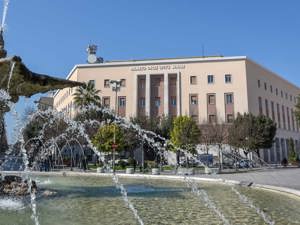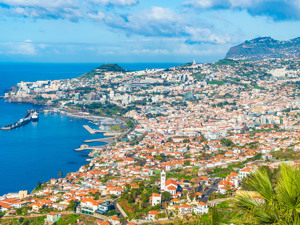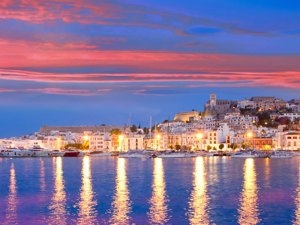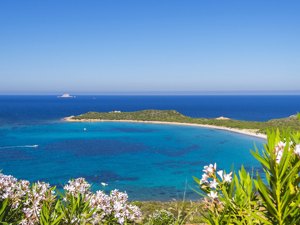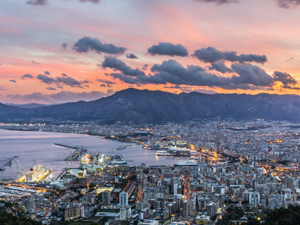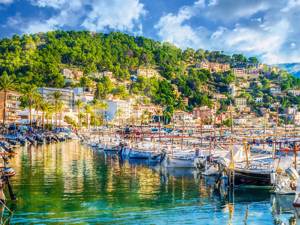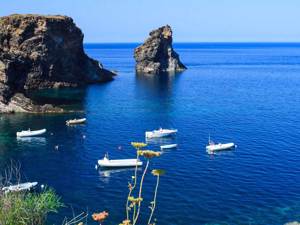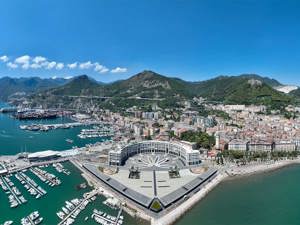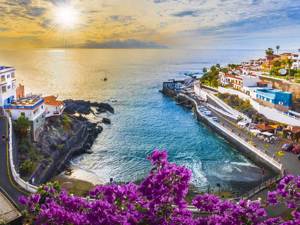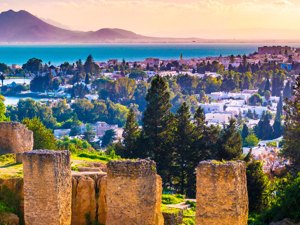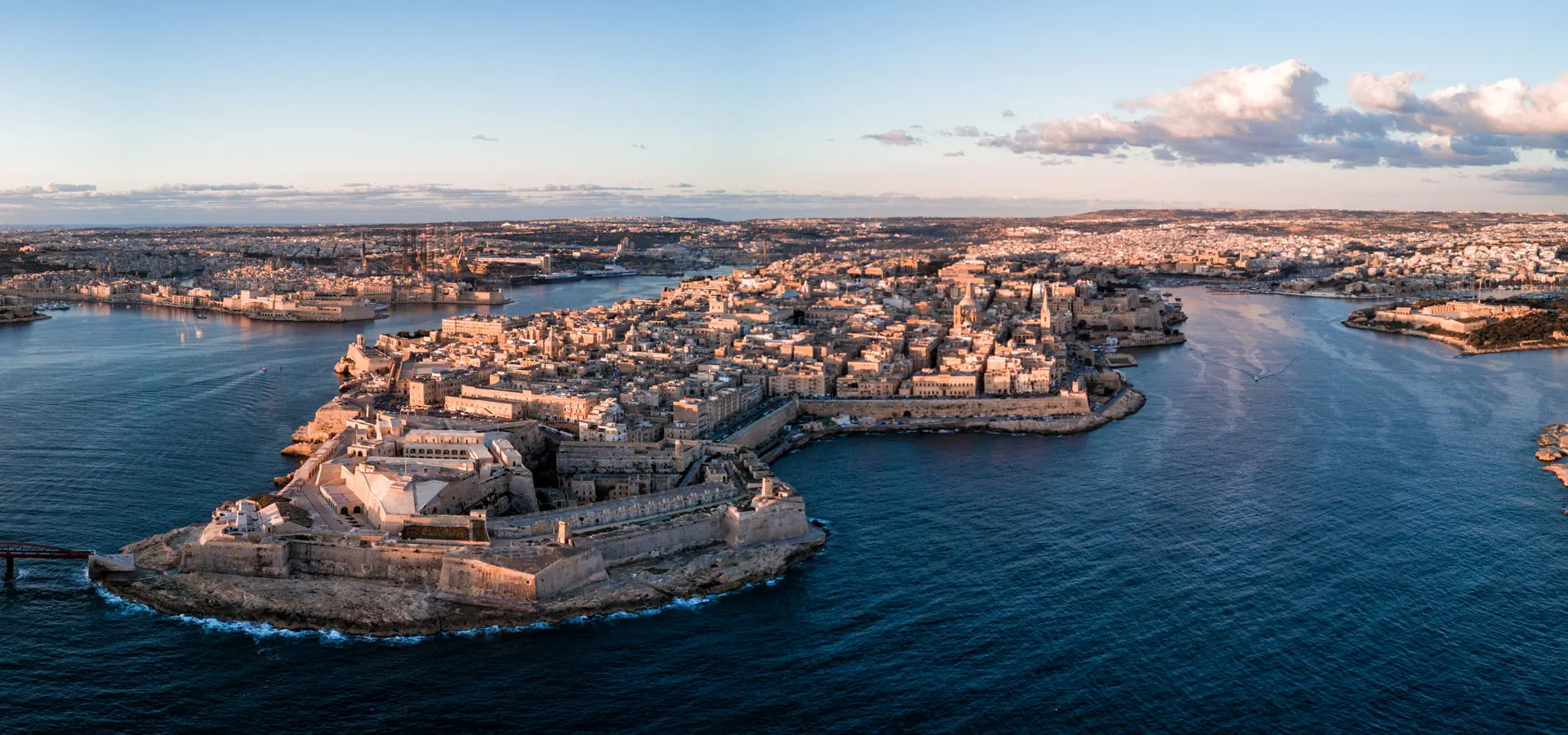
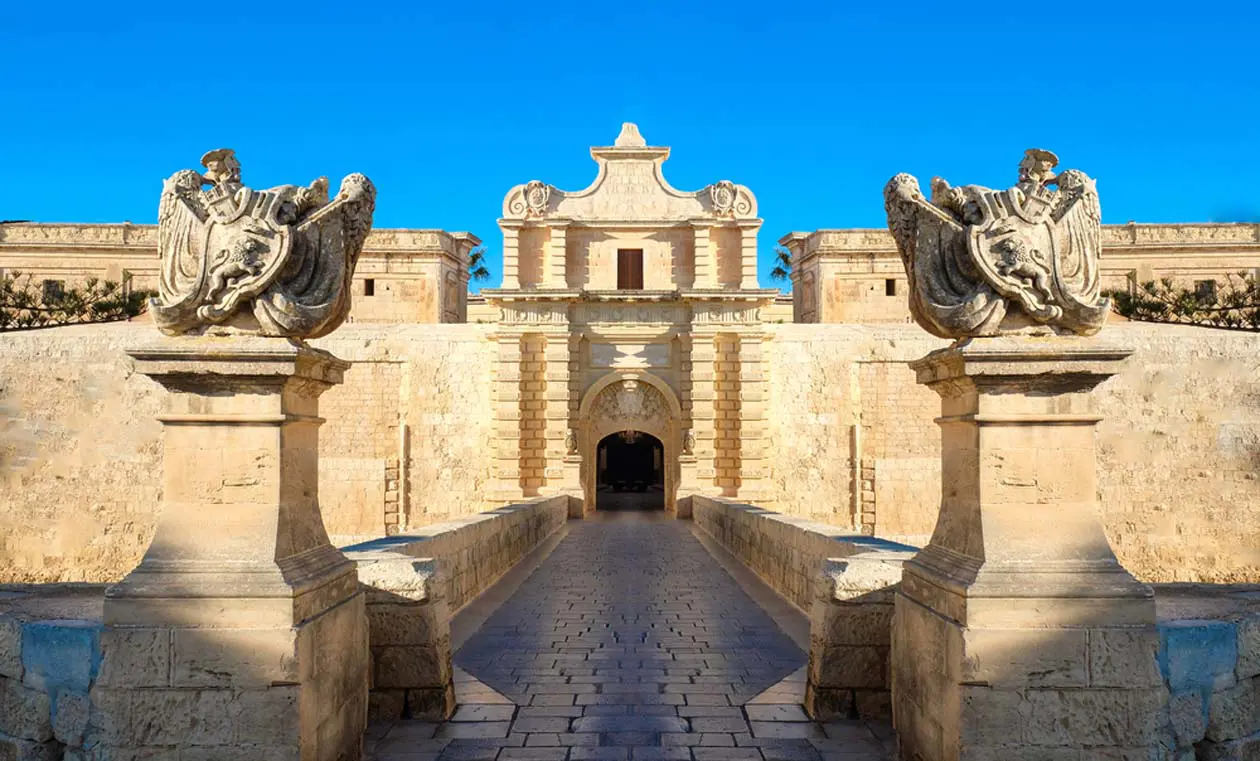
- the Grand Masters Palace, a beautiful complex now home of the President of Maltese Republic and house of the Parliament;
- the Holy Infirmary where now take place international forums;
- the Saint John Cathedral with its gilded artworks and arabesques along with the eight chapels dedicated to the languages spoken on the island.

- the Basilica of St George dating back to 1400 and entirely covered with marble;
- the Anglican Cathedral of St Paul;
- the Cathedral of Saint John in the Baroque style;
- the Cathedral of Mdina, known as the Cathedral of St. Paul, a masterpiece from the late 1600s.

- Borg in Nadur and Bugibba Temples dating back to the Bronze Age;
- the Temples of Mnajdra and Hagar Qim;
- Catagombs of St Paul, St Agatha and of Tal Mintna
- The Hypogeum of Hal Saflieni underground complex carved into the rock that was used as a sanctuary and for burials.
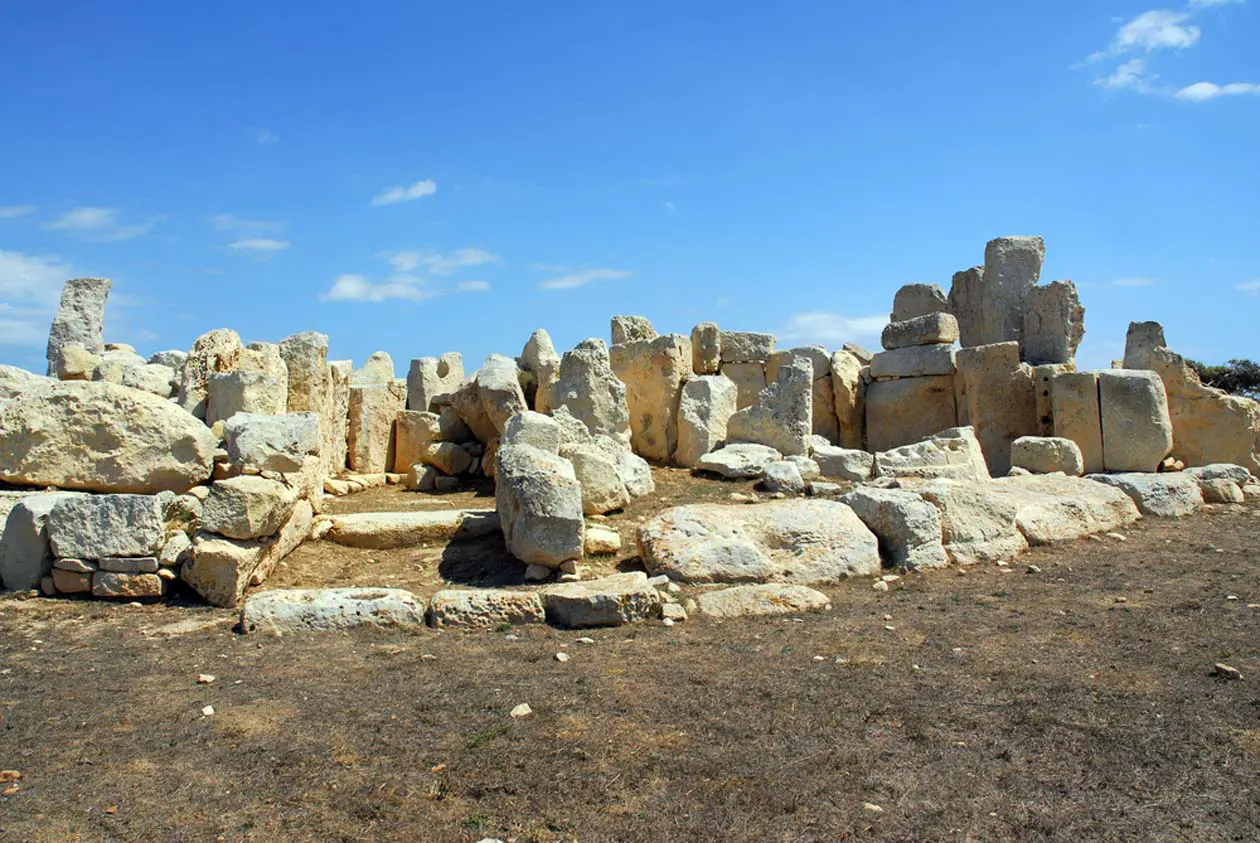




Text by Pia Bassi
Photos: Copyright © Sisterscom.com / Shutterstock / Depositphotos
Reproduction prohibited.

Malta is a welcoming city and offers different possibilities for accommodation.
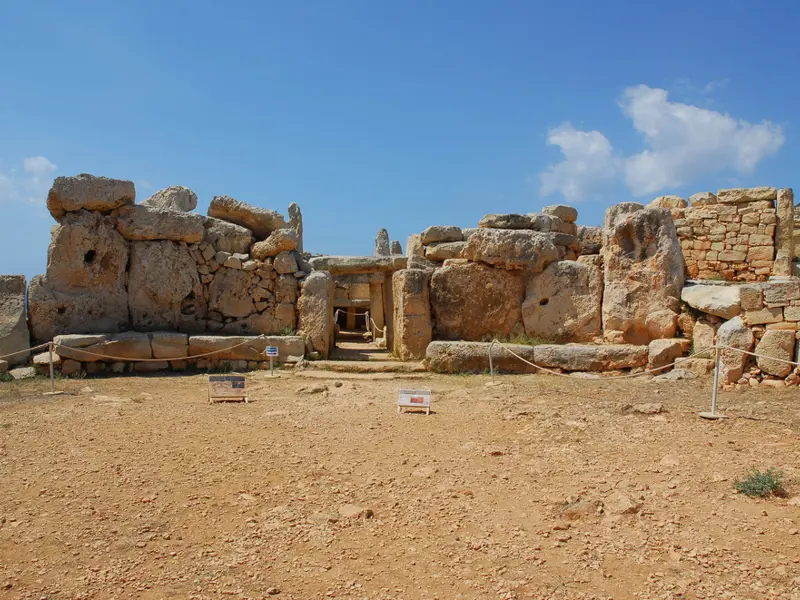
These temples ruins are situated in the southern area of Malta and are important because they appear to reveal not only a four-apse temple (c.2000 BC), but also a fortified, Bronze Age domestic settlement. The remains of a large, defensive wall lie nearby, running across the head of a promontory between two valleys leading down to two bays. Traces of the Bronze Age huts were discovered lying just behind the wall and the depth of the deposits was very shallow, covering the remains of the Temple Period.
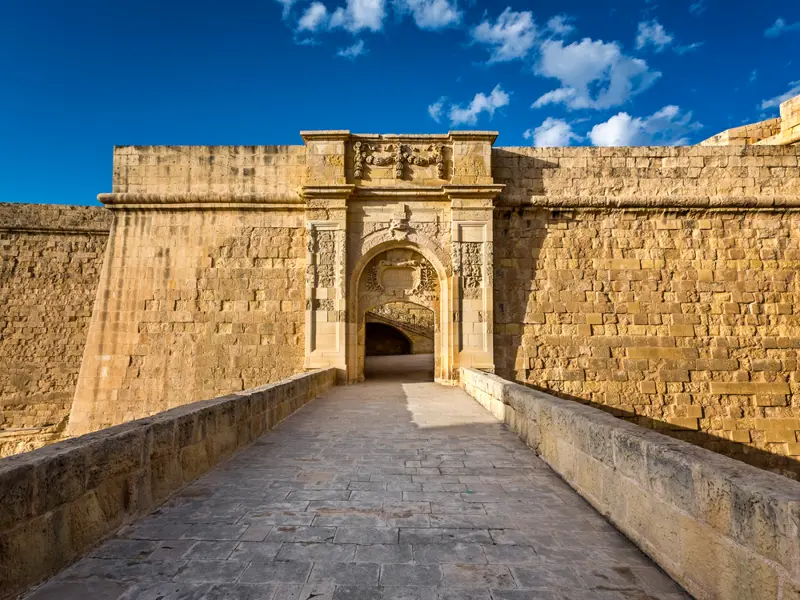
Fort St. Angelo is the jewel in the crown of The Maltese Islands’ military heritage. According to legend, the fort stands on the site of a fortified Roman settlement. It was to play a heroic role in the Great Siege of 1565, when, against all odds, it managed to repel a formidable Saracen armada. The epic resistance of the Knights during the three-month siege gave the Fort its legendary status. More recently, the Government granted the Order of the Knights of St. John the upper part of the fort, comprising the magisterial palace and St. Anne's Chapel.
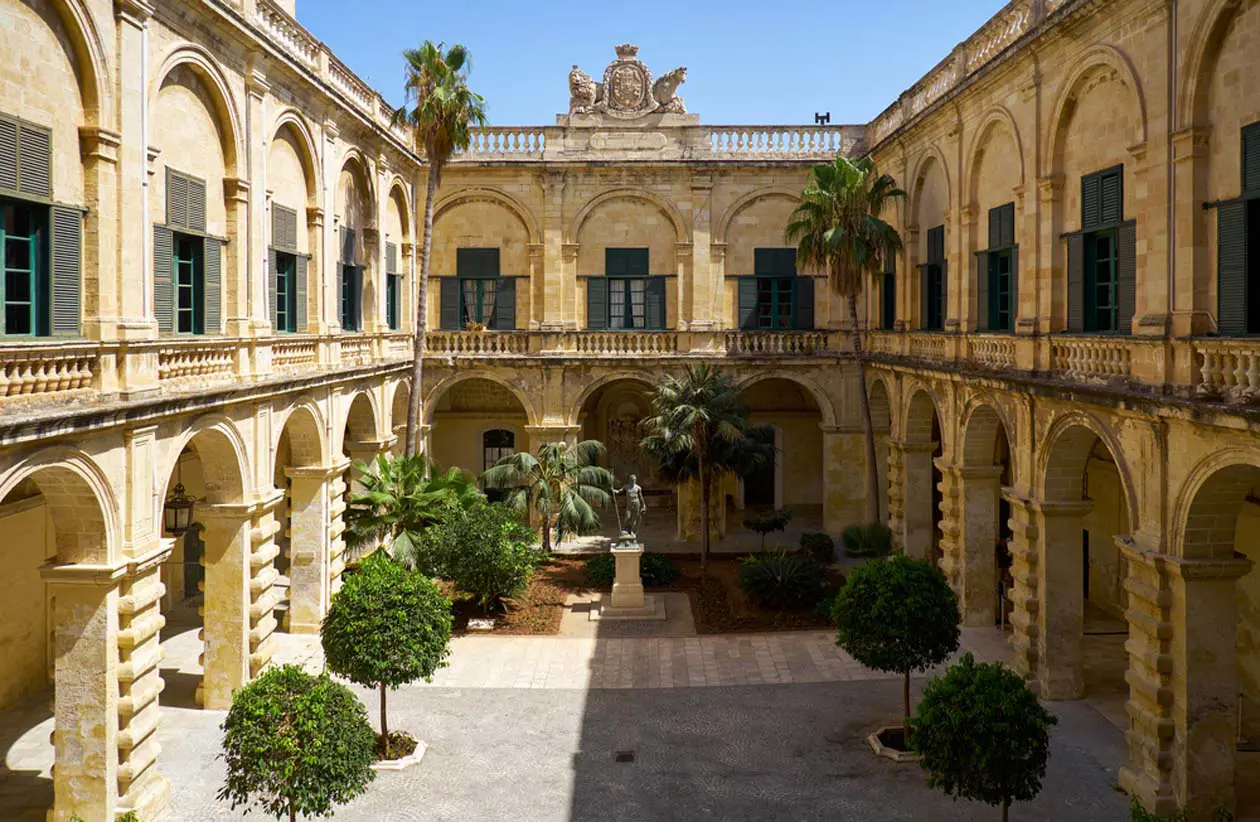
Grandmaster's Palace is a masterpiece of the sixteenth century and the current seat of Parliament. The "Holy Infirmary" is now a fully equipped conference center, while the St. James Centre for Creativity, is a perfectly restored fortification where contemporary artworks are exhibited on the ancient irregular walls of the magnificent rediscovered spaces. In these buildings, past and present mingle in an admirable lesson in the art of fine living.

The collection of National Museum of Fine Arts ranges from the early Renaissance to modern times. Italian Baroque features mainly Mattia Preti (1613-99) and paintings by the Caravaggists Mattias Stomer (1600-50), Jean Valentin de Boulogne (1601-32) and by Guido Reni (1575-1642). The 18th century art is largely represented by Antoine de Favray (1706-98). Other paintings by Maltese artists such as Francesco Zahra (1710-73) and Giuseppe Grech (1755-87) suggest the continued influence of Roman art on local developments.
The National Museum of Archaeology displays a significant array of artefacts from the Islands' unique prehistoric periods, starting with the first arrival of man in 5200 BC, running up to 2500 BC. The first rooms trace man's early settlement on the Islands up to the temple-building periods using a reconstruction of a rock-cut tomb. The collection includes obsidian cores and the Red Skorba figurines, which are predecessors of the temple period objects and statuary.

Steeped in myth, Gozo is thought to be the legendary Calypso's isle of Homer's Odyssey - a peaceful, mystical backwater. Baroque churches and old stone farmhouses dot the countryside. Gozo's rugged landscape and spectacular coastline await exploration with some of the Mediterranean's best dive sites. The island also comes complete with historical sites, forts and amazing panoramas, as well as one of the archipelago's best-preserved prehistoric temples, Ġgantija.
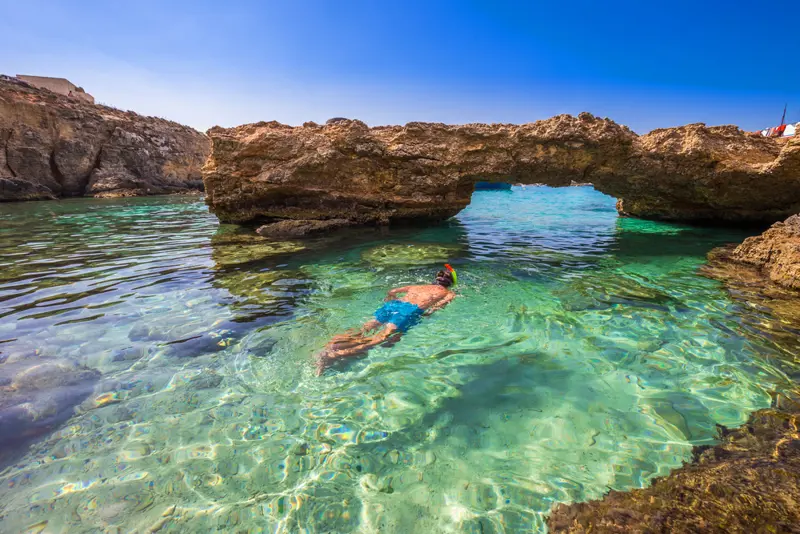
Situated between Malta and Gozo, Comino is a paradise for lovers of snorkeling, windsurfing, diving and hiking.
The Island of the Blue Lagoon, offers an idyllic boat trip with the chance to bathe in its turquoise waters. A natural beauty without cars, Comino is an ideal place to retreat all year round.













